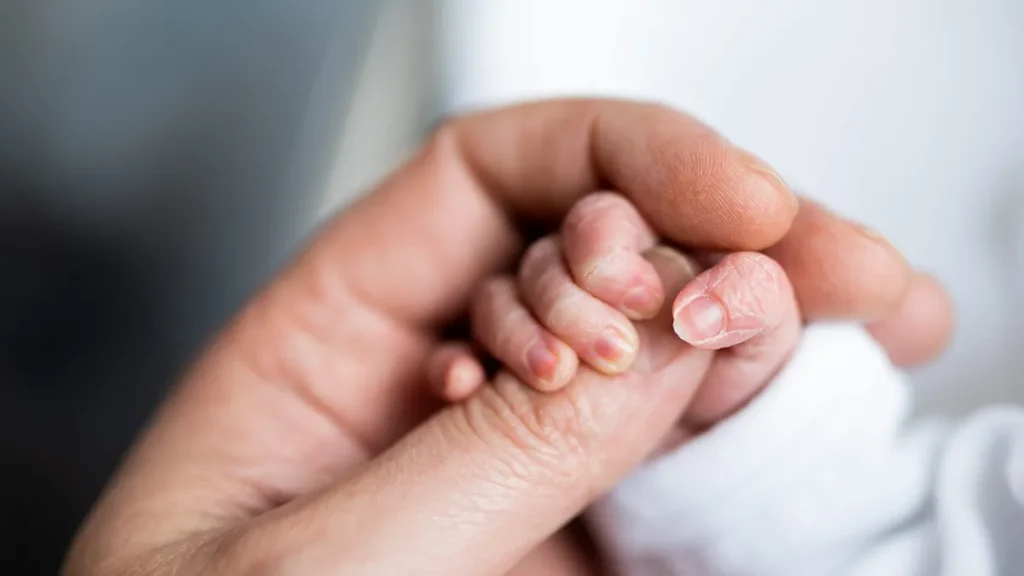
Artificial Intelligence Tool Detects Neurologic Changes in NICU Infants from Video
In the United States each year, more than 300,000 newborns are admitted to neonatal intensive care units (NICUs). These infants need their neurological health monitored because sudden changes can be disastrous. Current neurological assessment in NICUs traditionally have relied on sporadic physical exams, too cursory to detect subtle changes but critical to outcomes. However, a groundbreaking artificial intelligence tool is set to change this landscape by offering continuous and accurate monitoring.
Developed by a team from Mount Sinai in New York, this innovative artificial intelligence tool employs a deep learning pose-recognition algorithm to track infant movements through video feeds. This enables real time neurological health insights that were previously difficult to obtain using other methods. With more than 16,938,000 seconds of video, the training video footage of infants was extensive and made for a robust dataset in which to make accurate predictions.
Transforming Neurological Assessments
The artificial intelligence tool can predict key neurological conditions such as sedation and cerebral dysfunction by analyzing infant movements. This is a huge leap above conventional methods that generally rely on less frequent and more invasive monitoring techniques. However, the utility of the AI is not only limited to the above stated lighting conditions, as the capability to operate in different lighting situations and from different angles enables it to function similarly well in different NICU environments.
One remarkable aspect of this artificial intelligence tool is its potential to provide a comprehensive neuro-telemetry strip, akin to how heart rate and respiratory monitoring are used in NICUs. That opens the door for clinicians to get alerts on any changes to sedation levels or cerebral dysfunction immediately so that timely interventions can be taken and lead to improved patient outcomes, for instance.

Expanding the Scope of AI in Healthcare
The research team plans to further test the artificial intelligence tool in multiple NICUs and develop clinical trials to assess its impact on patient care. They are looking at its use in diagnosing other neurological conditions and using it with adults. This expansion could be the revolutionization of how neurological health is monitored in different age groups and medical settings.
The study, published in Lancet’s eClinicalMedicine, highlights the potential for artificial intelligence tools to transform healthcare practices by providing continuous, non-invasive monitoring solutions. However such technologies can integrate to provide tremendous benefit to the patient in particular where timely intervention is necessary.

Overcoming Challenges and Future Prospects
Despite its promising capabilities, the artificial intelligence tool does face challenges. The model was trained with data from a single institution and required evaluation with data from other hospitals and camera setups. For it to be adopted widely however, it needs to work consistently in many different environments with high accuracy.
‘We hope that someday cameras always watch over the babies in the NICU and AI can give intuitive insights for bedside care,’ says Dr. Felix Richter, senior author of the study. This vision underscores the transformative potential of artificial intelligence tools in healthcare, paving the way for more personalized and effective treatment strategies.

Final Thought
The development of this artificial intelligence tool marks a significant milestone in neonatal care. It gives clinicians critical insights that were previously difficult to gain by offering continuous and accurate monitoring of neurological health. More testing and growing the technology for use in NICUs promises to revolutionize how medical professionals are able to approach patient care in settings outside those, too.
In summary, the integration of artificial intelligence tools into healthcare represents a paradigm shift, offering innovative solutions to longstanding challenges. Of course, as these technologies advance further, they are sure to have an important part to play in what medical care looks like in the future.



